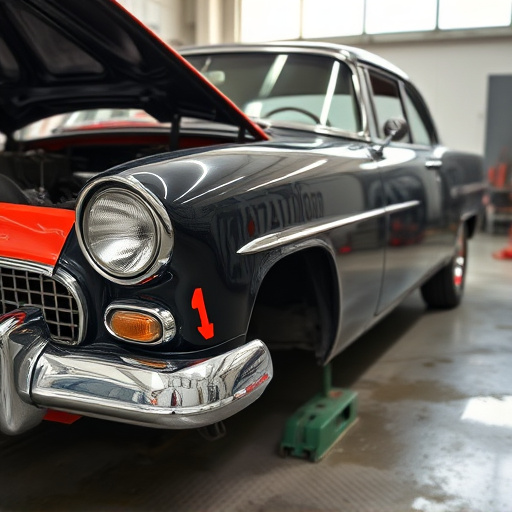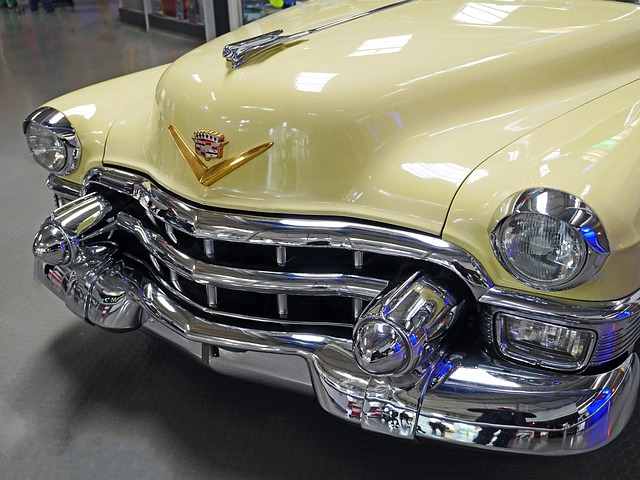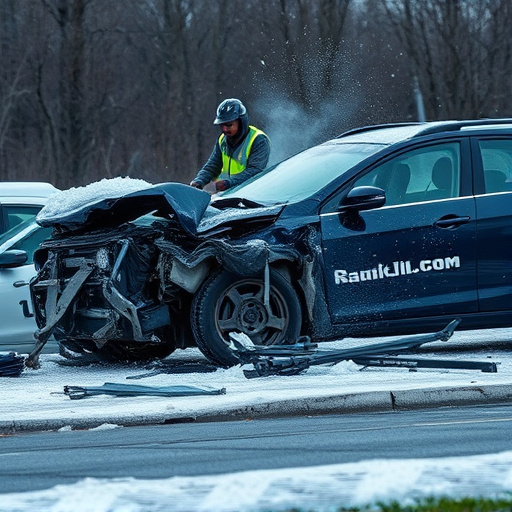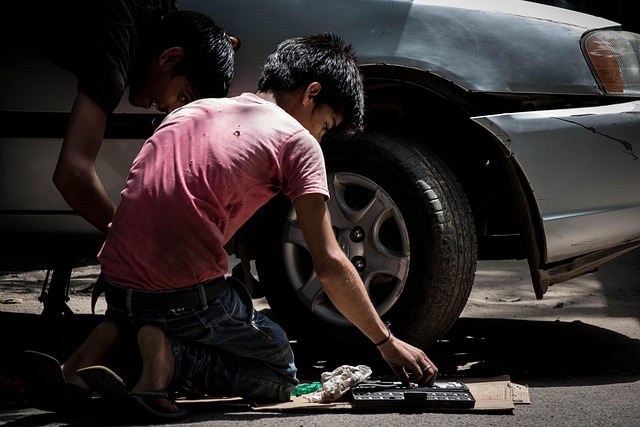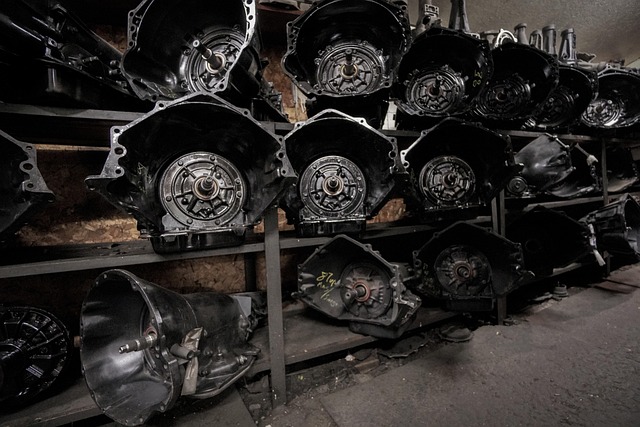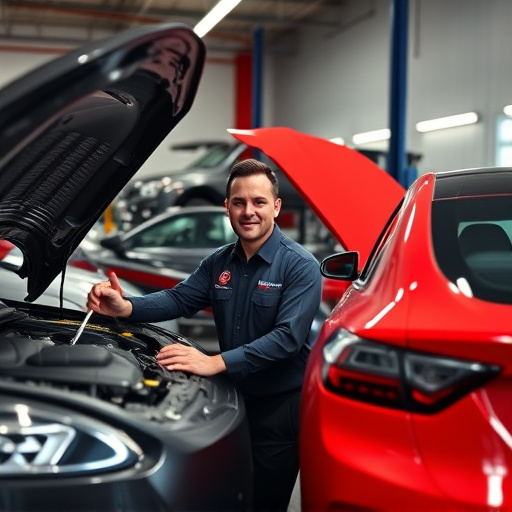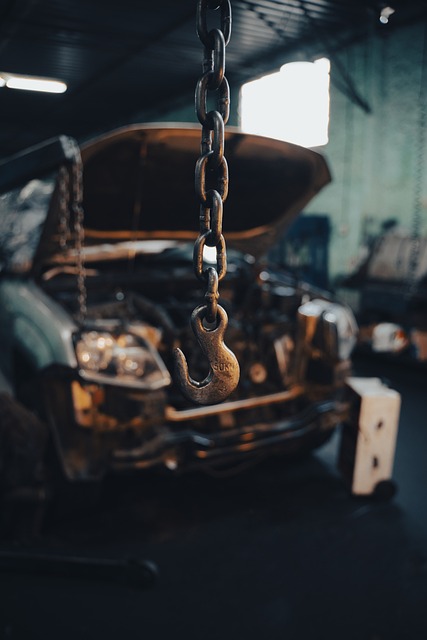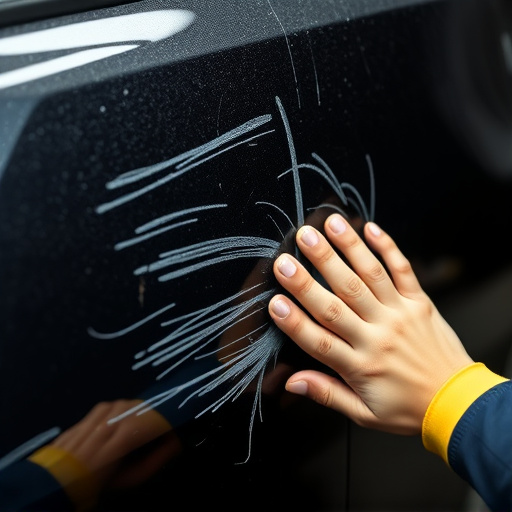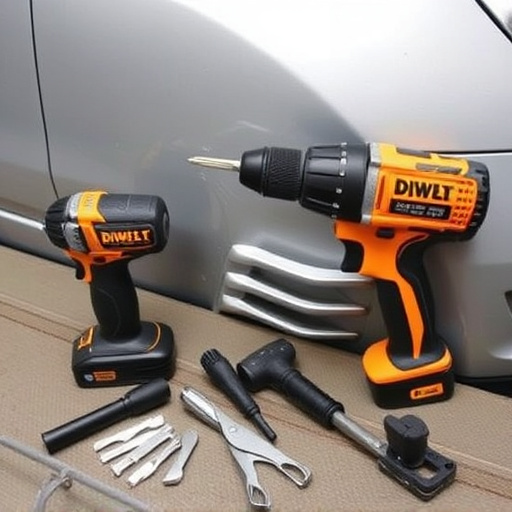Moisture intrusion in Mercedes wireless charging systems requires swift action. Visual inspection and skilled diagnostics identify water damage, short circuits or corroded components. Repair involves disconnecting the battery, cleaning and drying, replacing affected parts, using desiccants, reassembling, testing, and consulting professionals for persistent issues, potentially including bumper repair.
Experience a seamless charge for your Mercedes with this guide to wireless charging repair after moisture intrusion. The advanced wireless charging system in modern Mercedes models offers a convenient, hands-free experience. However, exposure to water can cause significant damage. This article breaks down the complex components of the Mercedes wireless charging system, provides tips on diagnosing moisture-related issues, and offers a step-by-step repair process to help you restore optimal performance.
- Understanding Mercedes Wireless Charging System
- Diagnosing Moisture Intrusion Damage
- Step-by-Step Repair Process and Tips
Understanding Mercedes Wireless Charging System
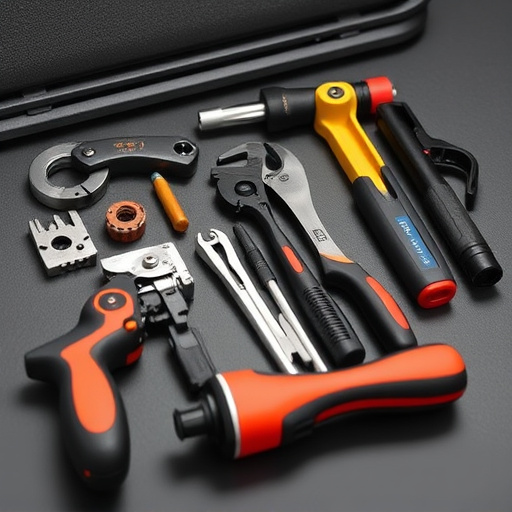
The Mercedes wireless charging system is a cutting-edge feature designed to seamlessly integrate with compatible devices, offering drivers a convenient way to power up their phones and tablets without the hassle of cables. This innovative technology utilizes electromagnetic fields to transfer energy wirelessly, ensuring quick and efficient charging. The system typically consists of a charging pad installed in the vehicle’s interior, allowing users to simply place their supported device on it for charging.
While this advanced feature enhances the overall driving experience, it also requires proper care and maintenance. Moisture intrusion, such as from a spill or a collision repair involving water damage, can significantly impact the wireless charging functionality. In case of moisture exposure, prompt action is crucial to prevent potential electrical issues and ensure Mercedes wireless charging repair is done effectively, preserving the integrity of both the vehicle’s interior and its cutting-edge technology.
Diagnosing Moisture Intrusion Damage

Diagnosing moisture intrusion damage in a Mercedes wireless charging system is a meticulous process. Water can cause significant harm to electronic components, leading to malfunctioning or complete failure. The first step involves visually inspecting the device for any signs of water damage, such as corrosion, discolouration, or swelling of parts. If visible damage is present, it’s crucial to dismantle the unit carefully for further evaluation.
Specialized tools and expertise are required to diagnose internal moisture-related issues in Mercedes wireless charging systems. Skilled technicians will use diagnostic equipment to check for short circuits, faulty connections, or damaged capacitors that might be caused by water penetration. Identifying the source of moisture intrusion is key to effective Mercedes wireless charging repair, ensuring that all affected components are replaced or repaired to prevent future malfunctions and ensure optimal performance once the vehicle bodywork is restored through car repair services.
Step-by-Step Repair Process and Tips
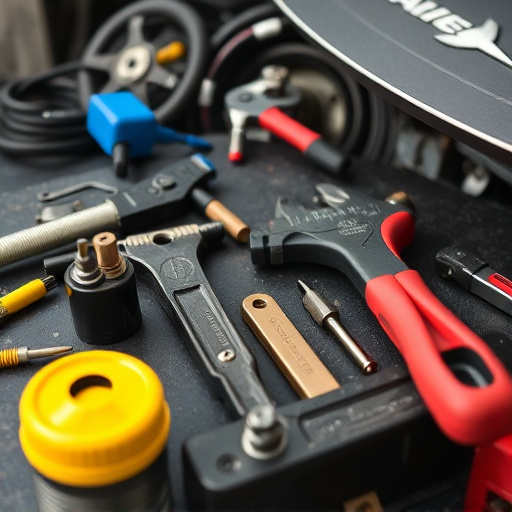
Step-by-Step Repair Process for Mercedes Wireless Charging Systems Affected by Moisture
1. Safety First: Before beginning any repairs, ensure your vehicle’s battery is disconnected to avoid short circuits or electrical hazards. This step is crucial when dealing with moisture intrusion, as it prevents accidental shocks or sparks that could worsen the damage.
2. Inspect and Clean: Carefully examine the wireless charging pad and its surrounding area for any visible signs of water damage or corrosion. Use a soft cloth to gently wipe down the pad, removing any surface moisture or residue. Pay close attention to the connectors and cables—if they appear damaged, frayed, or exposed, it’s best to replace them immediately during this Mercedes wireless charging repair process.
3. Disassemble with Care: Depending on your model, you may need to remove the vehicle’s trim panels or access points to get to the charging pad. This step requires precision; use a suitable tool to gently pry off any coverings without causing further damage. Once accessible, disconnect the charging pad from its circuit board and separate it from other components.
4. Dry and Treat: After disassembly, thoroughly dry all parts using a clean towel or absorbent material. Consider using a desiccant to absorb any remaining moisture and prevent future water intrusion (a common issue in car dent repair scenarios after fender benders). Let everything air dry for 24-48 hours before reassembling.
5. Reassemble and Test: Once all components are dry, carefully reassemble the charging pad and its surroundings, ensuring proper alignment and connections. Before plugging it back in, test the system to ensure no moisture remains. If the issue persists, consult a professional mechanic for further evaluation. Remember that bumper repair techniques might be relevant if the impact caused visible structural damage during the initial incident.
Moisture intrusion in your Mercedes’ wireless charging system can cause significant damage, but with a thorough understanding of the process and some DIY skills, you can effectively repair it. By diagnosing the issue through observable signs and specific testing methods, you’re well-equipped to follow a step-by-step repair guide that ensures optimal performance and longevity for your vehicle’s wireless charging capabilities. Remember, prompt action after moisture exposure is key to minimizing damage, so don’t delay in addressing Mercedes wireless charging repair needs.
